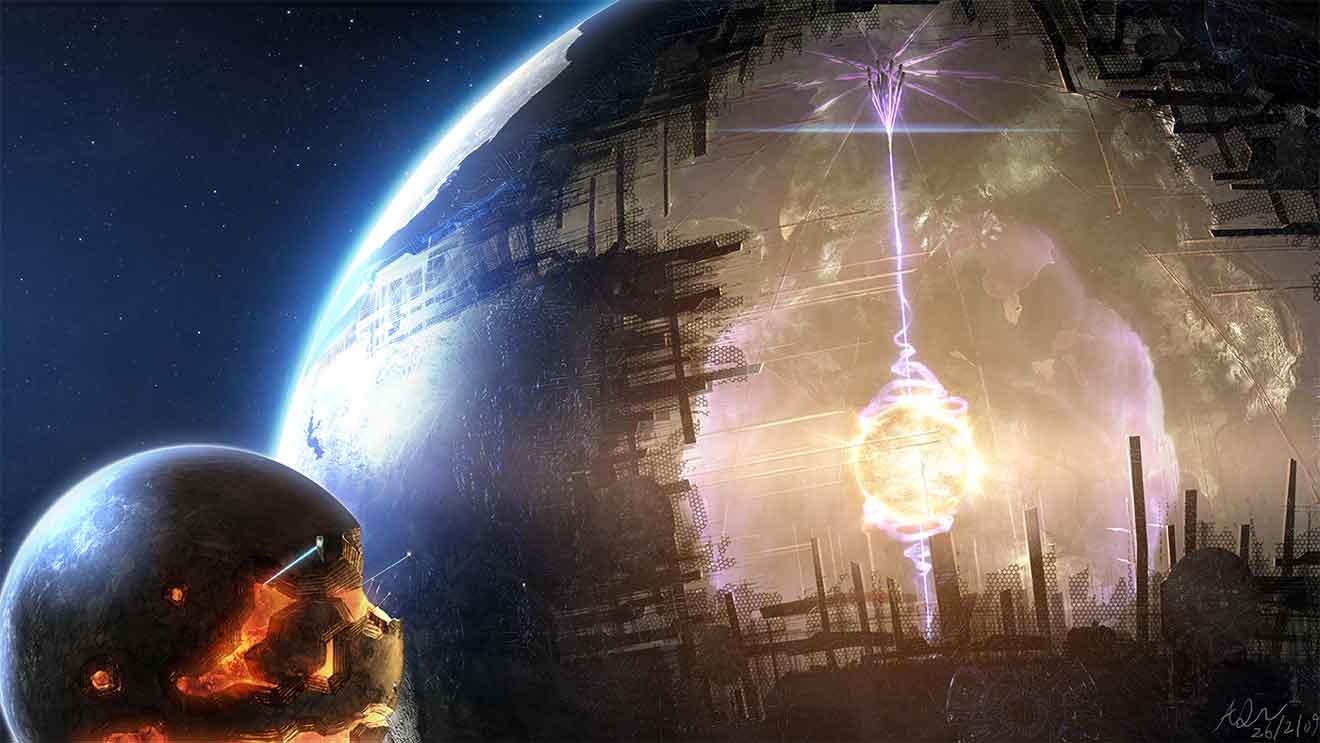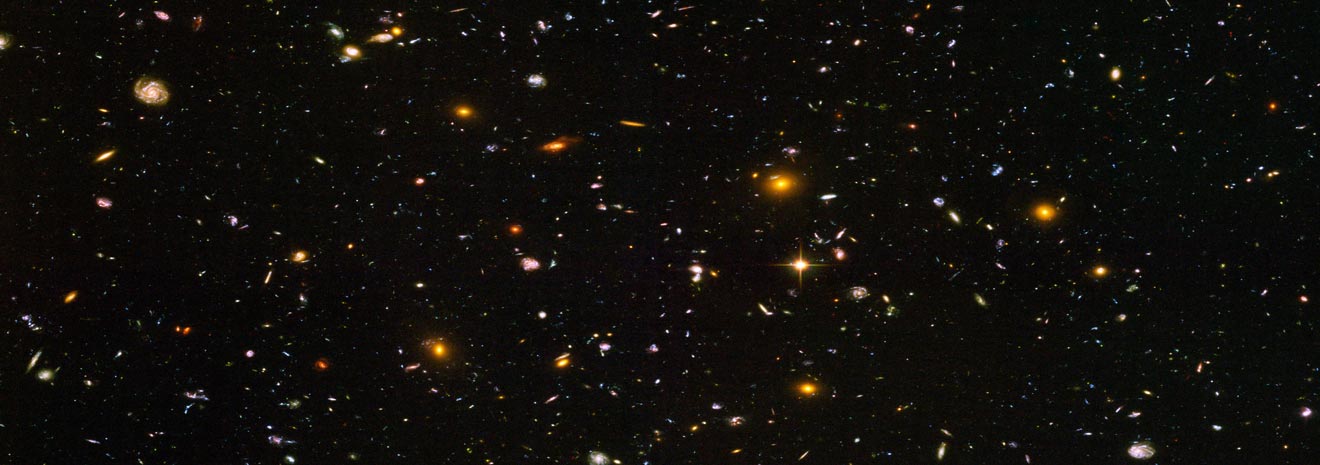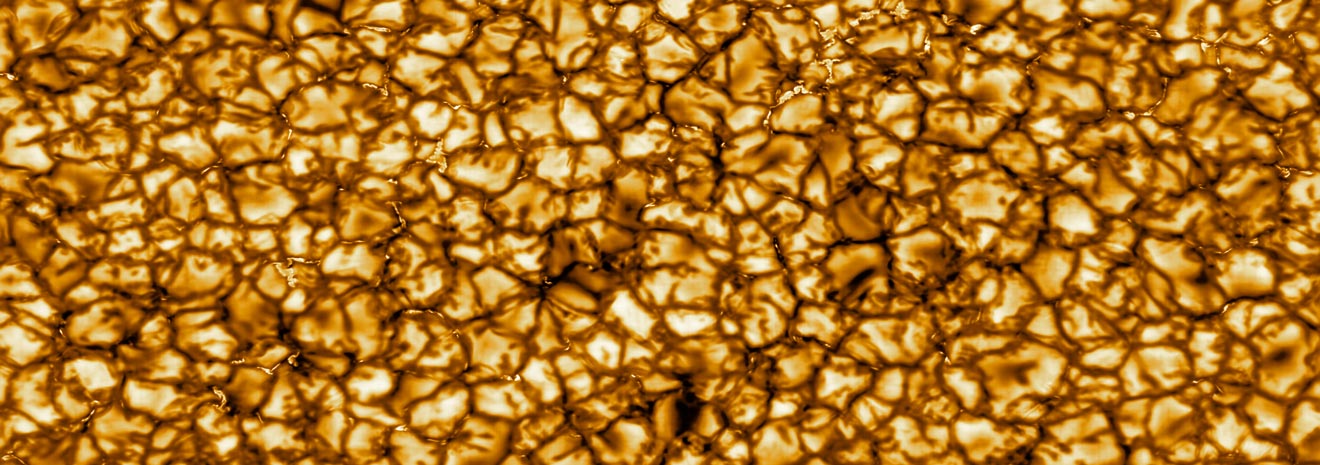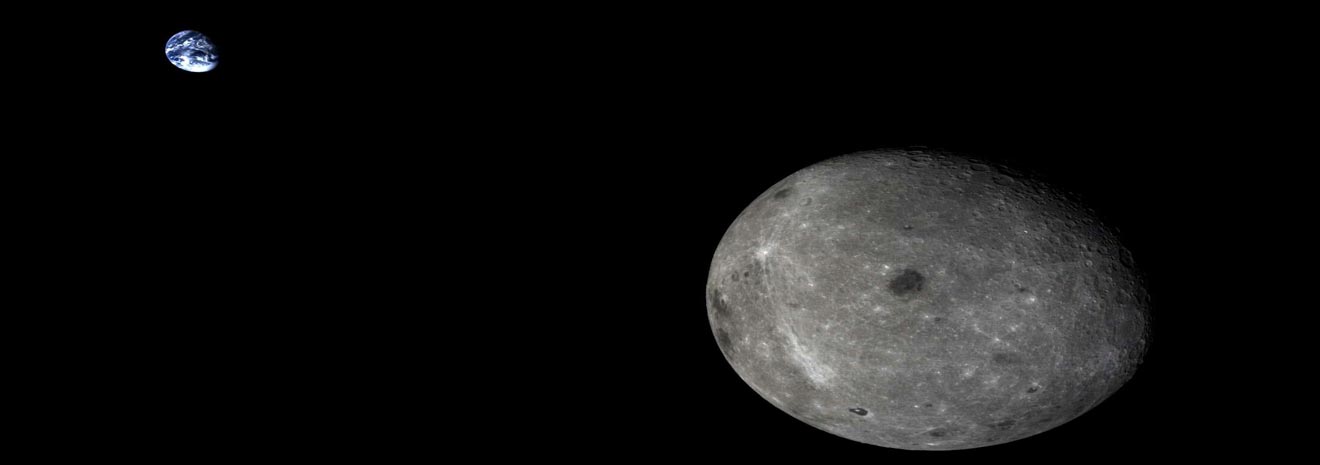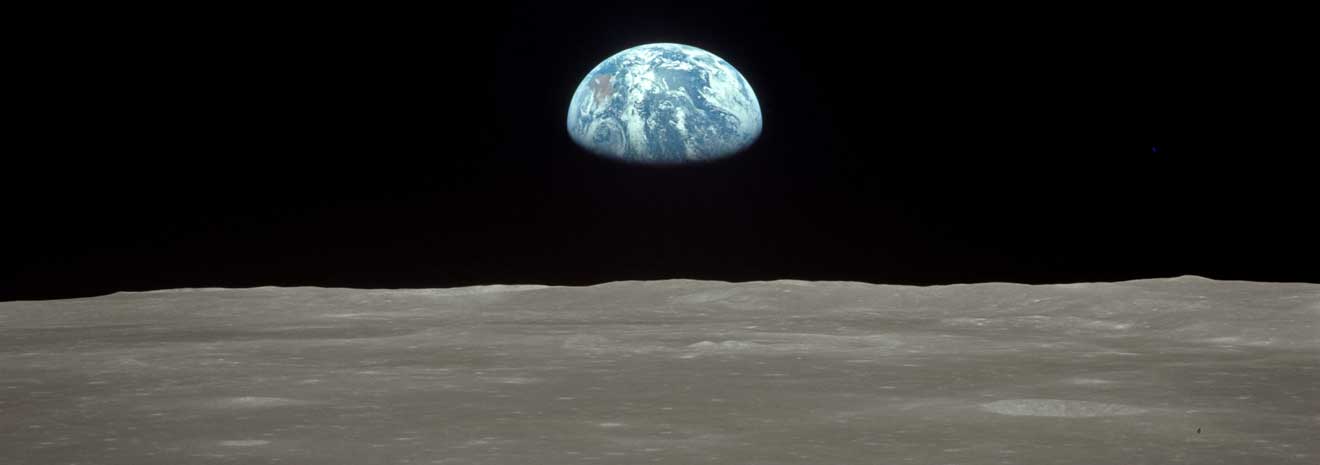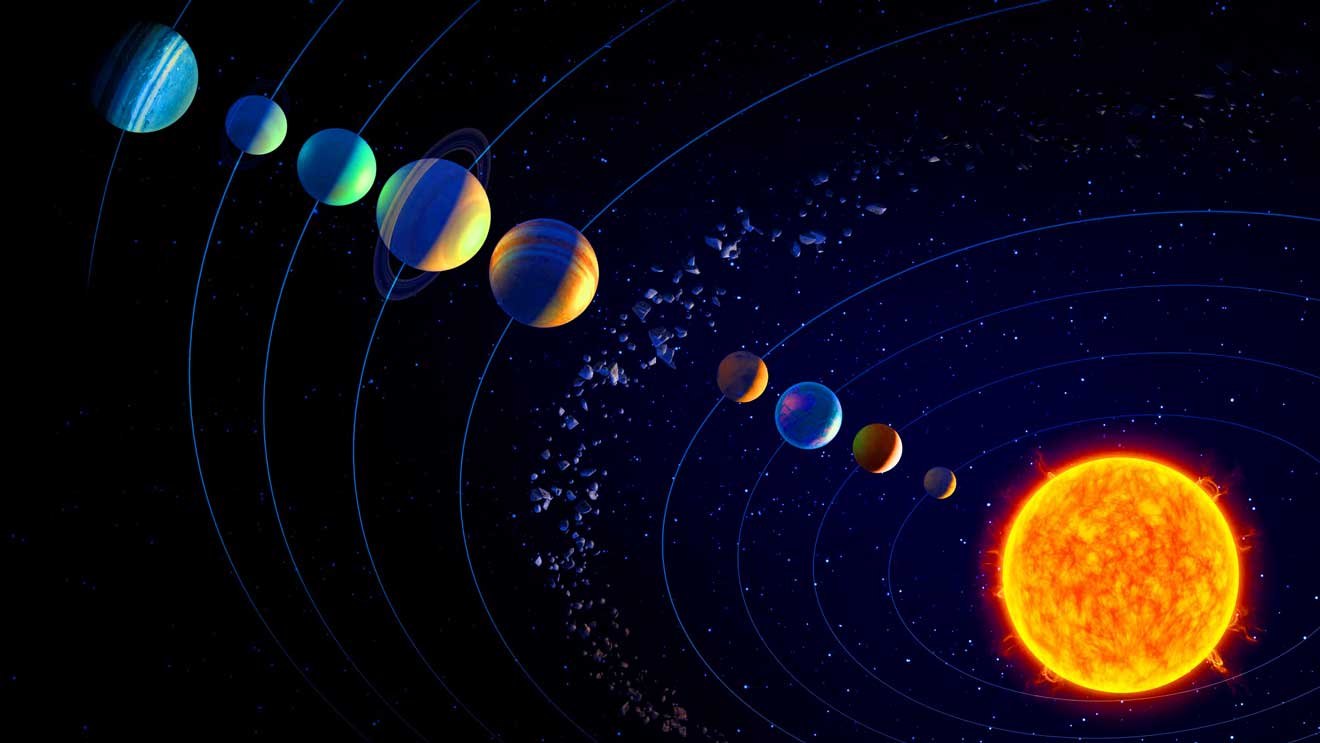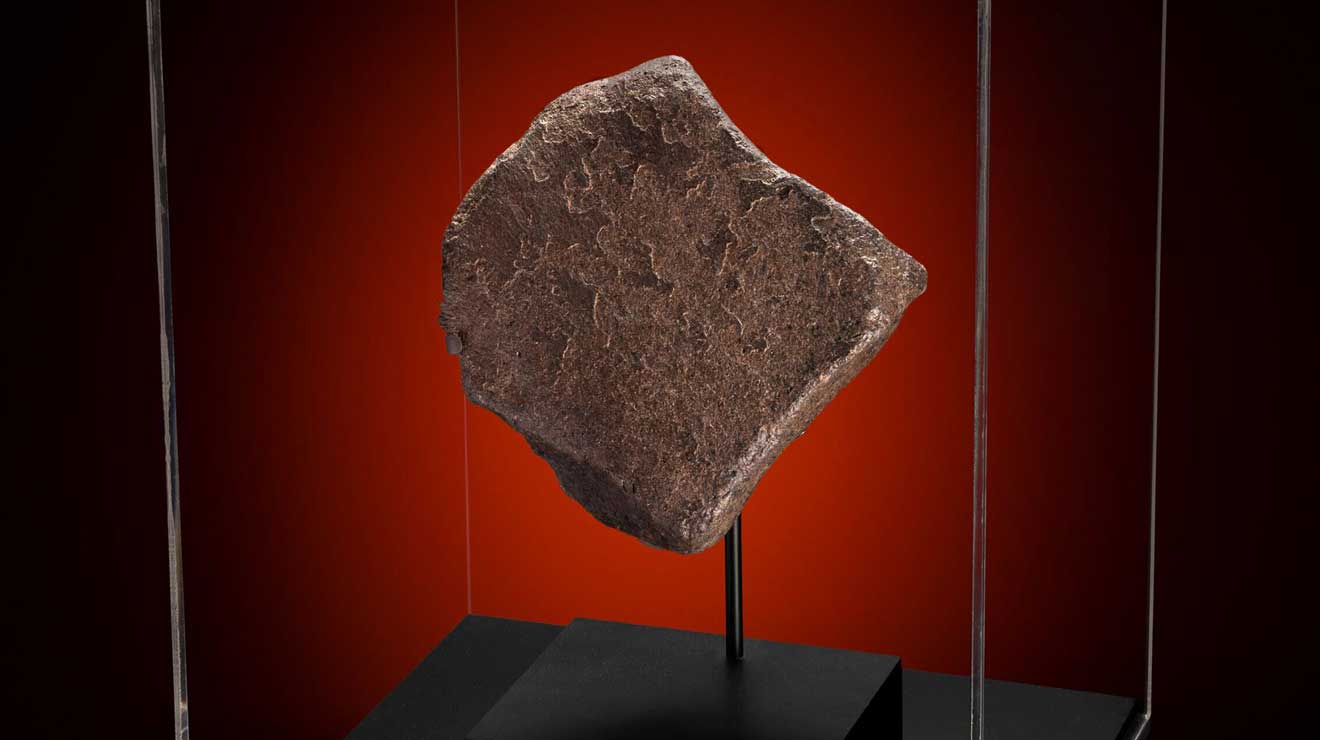The term ‘planetary protection’ may sound like something out of science fiction or like the measures used to stop an alien invasion of Earth. According to NASA, planetary protection is the process of defending the Earth from prospective life forms that could conceivably resurface from other solar system bodies.
The “potential life forms” that are being discussed, however, are very certainly microbial and not intelligent. NASA even hires someone with the impressive title of Planetary Protection Officer, who is in charge of making sure that precautions are taken to manage both the exposure to other planetary bodies from Earth’s microbes (“forward contamination”) as well as the prevention of Earth from being contaminated by extraterrestrial microbes (“backward contamination”).
No human expedition would be permitted to travel to Mars’ surface under current regulations. NASA limits the number of spores (single-celled organisms) that can travel with robotic missions to Mars to 300,000. In contrast, the human body is home to trillions of microbes. Human missions will not be able to maintain the same level of microbiological purity as robotic landers.
What steps may be taken to ensure planetary protection while still allowing for human presence on Mars and other extraterrestrial locations? Some years ago, NASA started to investigate this issue. In 2018, the NASA Advisory Council recommended that NASA review its planetary protection policies at the request of its Regulatory and Policy Committee, noting that the current regulations, which are based on COSPAR guidelines, would preclude the possibility of human exploration (specifically of Mars) and some potential commercial activities.
We urgently need to design a well-balanced planetary protection policy that not only permits human presence on Mars starting in the 2030s but also takes adequate safeguards to reduce microbial contamination of Mars. Furthermore, steps should be done to enforce planetary preservation rules across the board or, at the very least, draw attention to the fact that some countries are not abiding by international norms. If these steps are completed, we will have a much better chance of finding the answer to the age-old question: Is there now or ever has been native life on Mars?


